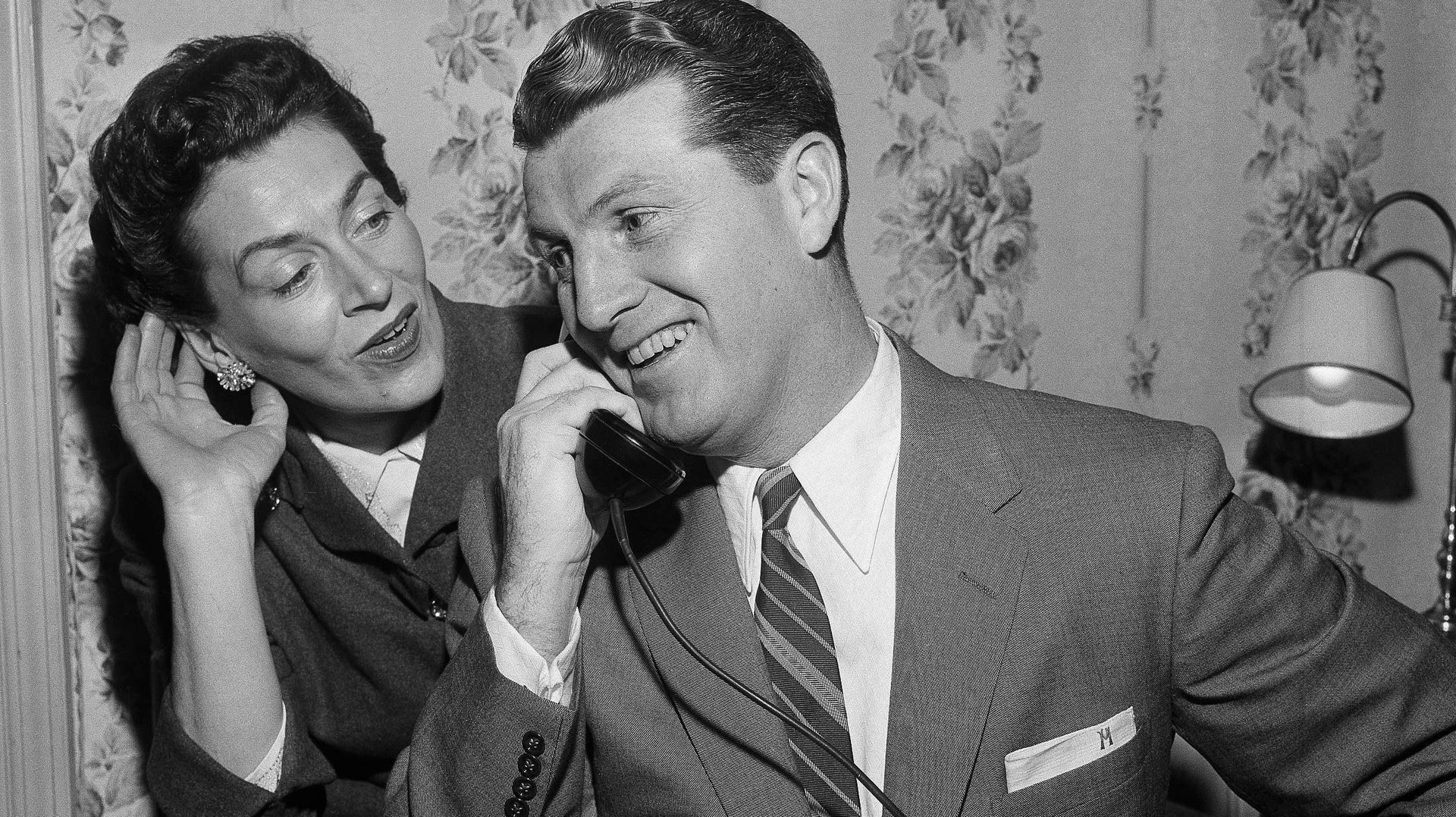Smiles have a sound, and it’s contagious
The next time you catch yourself smiling during a phone conversation, just because, ask the person on the other end of the line whether they’re smiling, too. According to a small study from cognitive-science researchers in Paris, there’s a strong possibility that one person smiled, and the other “heard” it, then mimicked the gesture.


The next time you catch yourself smiling during a phone conversation, just because, ask the person on the other end of the line whether they’re smiling, too. According to a small study from cognitive-science researchers in Paris, there’s a strong possibility that one person smiled, and the other “heard” it, then mimicked the gesture.
In other words, not only do smiles have a sound, but it’s contagious.
A path to empathy
Smiles, we’ve long known, are a universal human signal. They are understood across cultures and “pre-programmed,” as a professor of psychology at Knox College in Illinois, once explained to Scientific American. People who are born blind smile in the same way as the sighted, and for the same reasons, he said.
We’ve also been aware of a smile’s catchiness for decades. Scientists have documented how the sight of a various facial gestures, including a genuine or “duchenne” smile, can trigger the same in its viewer. In fact, psychologists first theorized that facial mimicry was a key path to accessing another person’s inner state, and thus developing empathy, more than 100 years ago (pdf).
In 2008, scientists in the UK found that people don’t even need to see a smile to perceive it. We can pick out the sound of different types of smiles when merely listening to someone speak.
Now, this research suggests that not only can we identify what the study authors call the “spectral signature of phonation with stretched lips” or “the smile effect” in speech, but that it seems to register on an unconscious level. And—as with the visual cue—it inspires imitation.
To conduct their experiments, the Paris researchers first recreated the smile’s auditory signature digitally, creating software that adds a smile to any recorded voice. They then outfitted 35 participants with electrodes attached to their facial muscles to see whether they could detect the sound of a smile in recorded French sentences—some of which were manipulated to include the effect, others not.
Their results showed that not only could the listeners most often hear the enhancement, even when they consciously missed a smile, their zygomaticus-major muscles prepared to grin in response to it.
Admittedly, they acknowledge that they don’t know how the experiment would have turned out had its participants not been asked to listen specifically for a smiling voice. Nevertheless, they argue in the paper that “the cognition of smiles is not as deeply rooted in visual processing as previously believed.”
One day, this line of inquiry could help scientists more fully understand how people with autism comprehend or misinterpret emotions in speech, lead author Pablo Arias told Discover.
His work exploring what he called “a profoundly deep gesture in the human repertoire,” the smile, might one day improve computer-generated speech used by people with disabilities, Arias, an audio engineer and cognitive scientist at the Institute for Research and Coordination in Acoustics/Music, also said. (His team is now studying the sounds of anger in the same way.)
How or why people can hear smiles without realizing it isn’t clear. The authors speculate that the mechanism could have to do with the same automatic responses we use to understand words, for instance, or that we make an implicit “emotional appraisal,” they write, that is “somehow not reaching conscious awareness.”